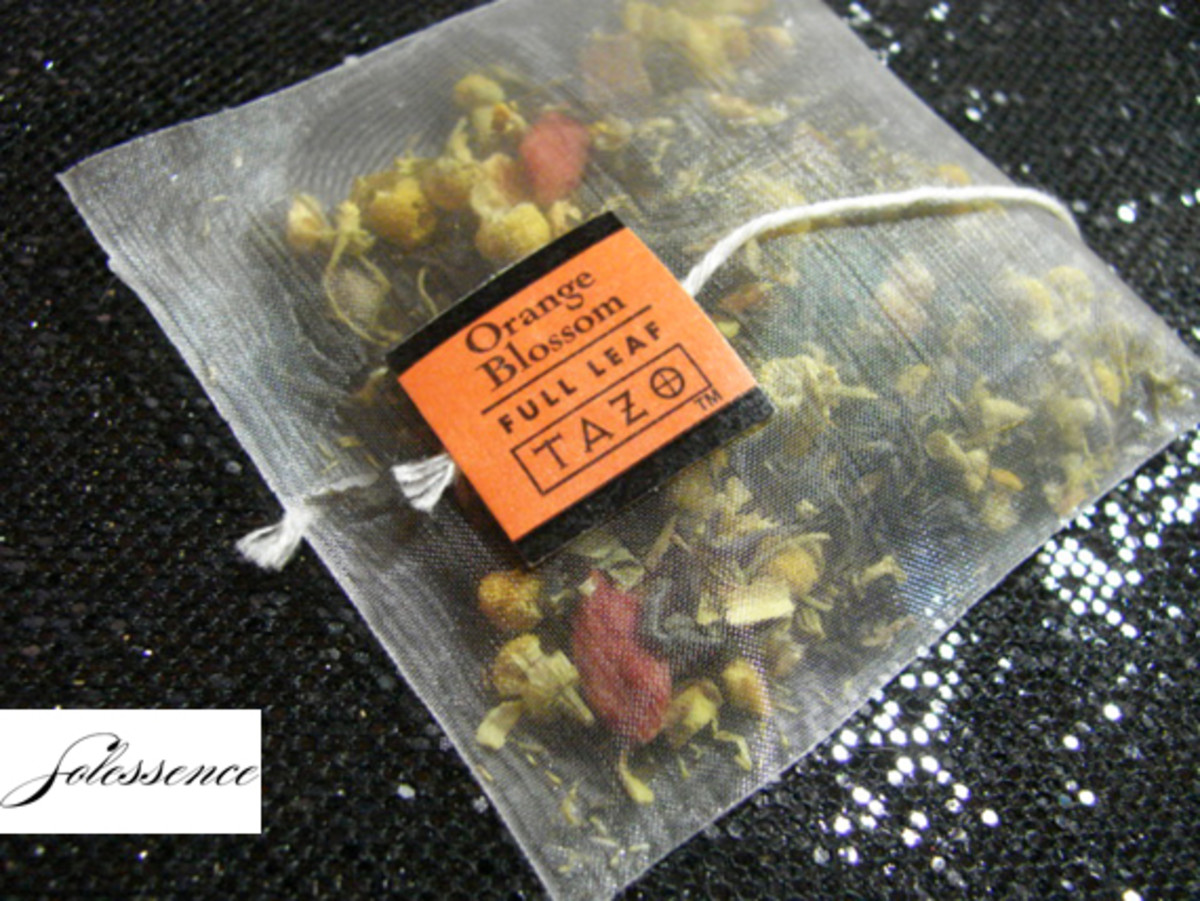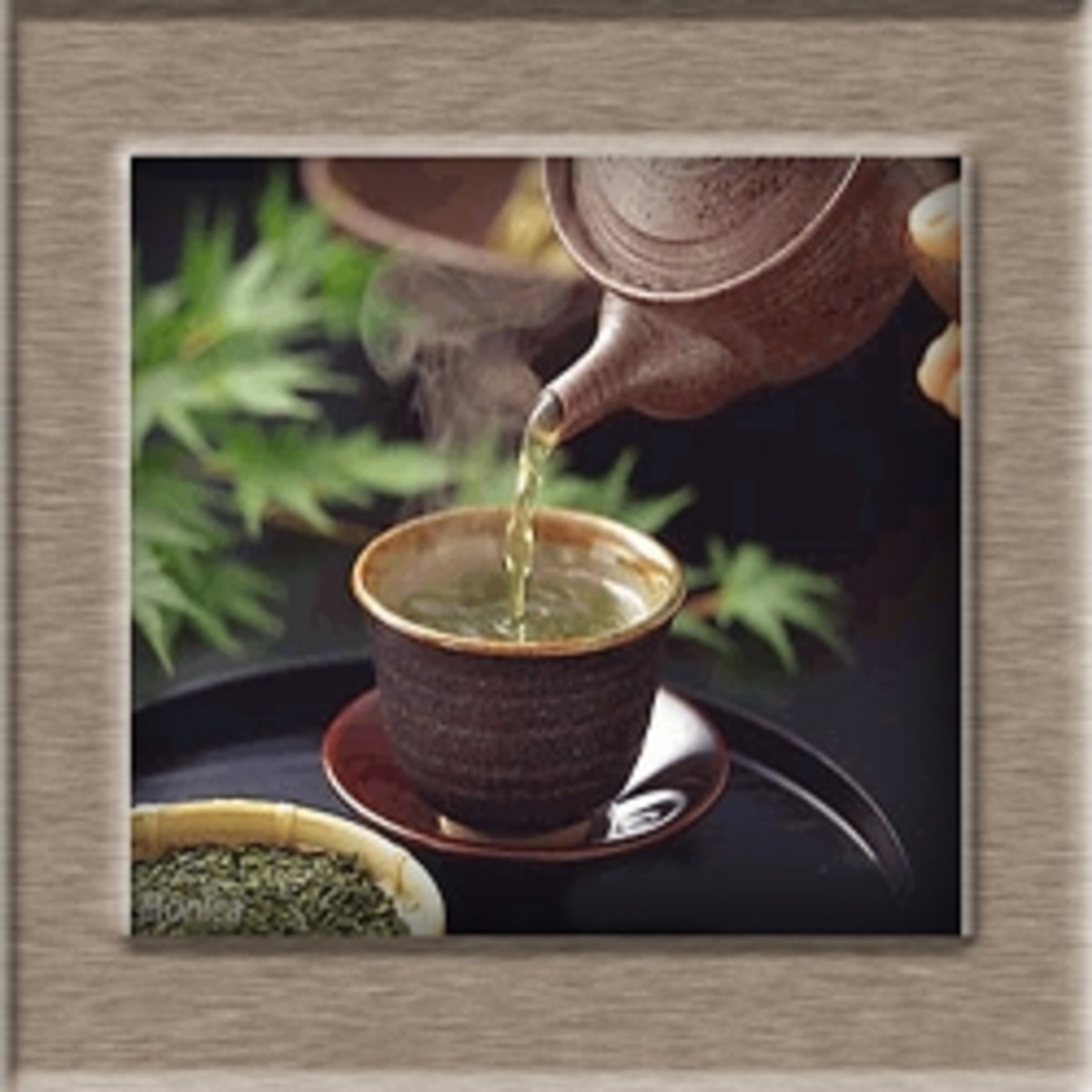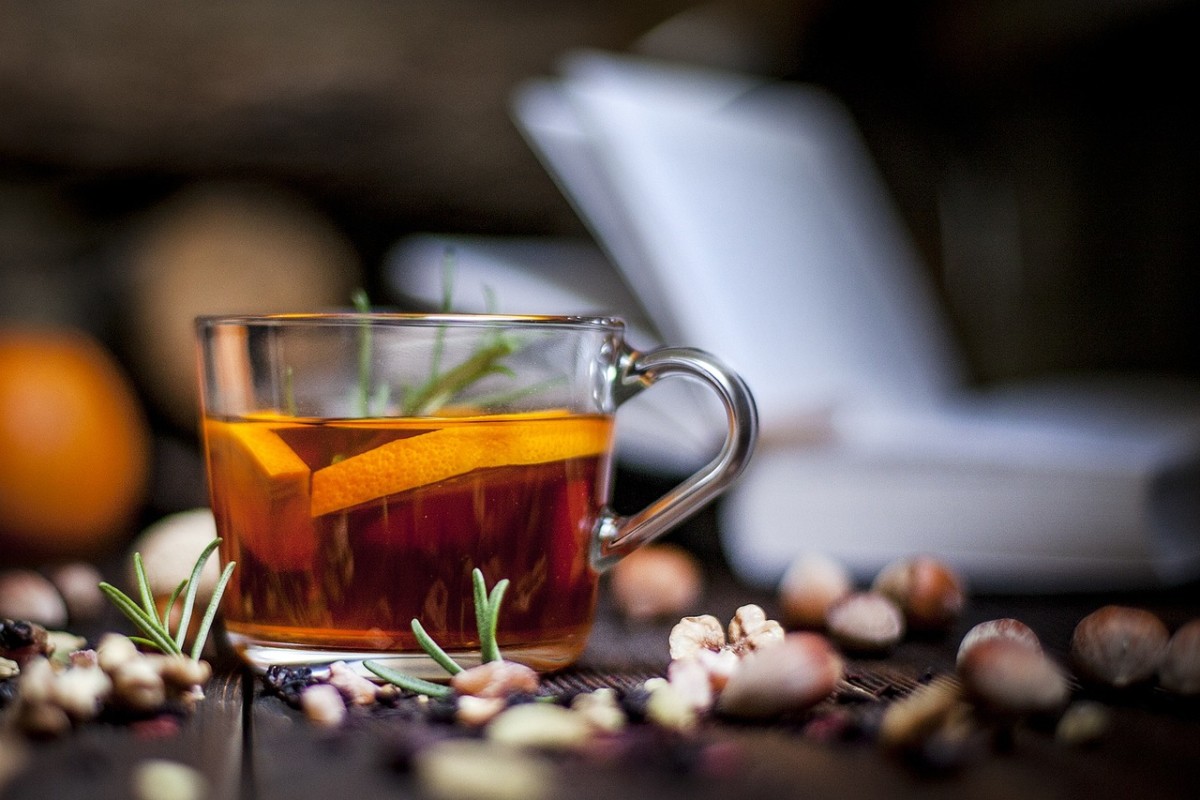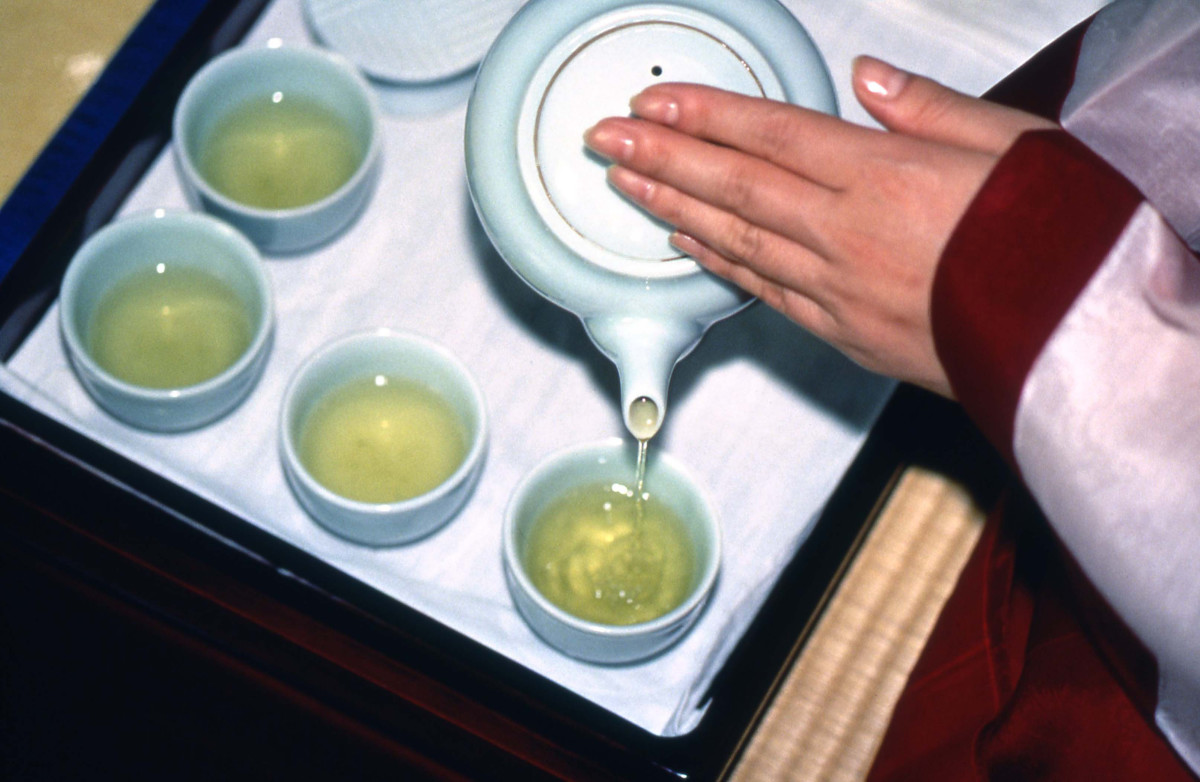Tea Time
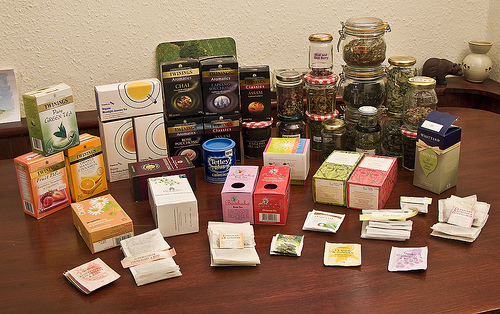
A Little History of Tea
Tea dates back to the Tang Dynasty in China which was between 618-906 AD.
Monks would use tea for spiritual reasons while the people who drank tea at that time usually would add orange blossoms, onions, peppermint, and lotus flowers. They drank tea as a way to meditate.
Later in the Sung Dynasty (960-1279 AD), the tea leaves would be ground to a fine powder and whipped to make a frothy tea.
They would drink their tea from brown, blue, or purple-colored cups which were usually wide-rimmed.
It was during the Ming Dynasty (1358-1644 AD) that tea was introduced to the west. At this time people started drinking their tea in white cups in order to see the color of the tea.
It wasn’t until the 1800’s that England became a major tea-drinking society. After the opium war between England and China, the tea trade become less popular as England moved on to India where they were able to start tea production.
In the 1600s Queen Elizabeth decided that tea was a valuable commodity and it became part of the afternoon ritual of taking tea.
Sandwiches and pastries were served along with a pot of tea. As well tea gardens became popular.
The East India Company, which controlled most of the tea production and trade, fell onto hard times.
Because of their relationship with the British Parliament, it was decided that tea would be taxed to help the company.
The famous Boston Tea Party was a result of not having representation with taxation and the tea was dumped overboard in Boston harbor.
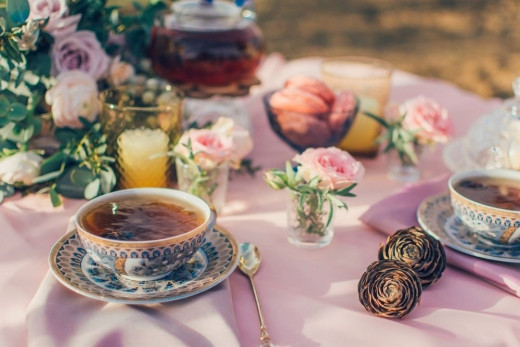
Today tea comes from a variety of countries including China, Sir Lanka, India, South Africa, and Kenya. Where England used to be the biggest importer of tea, America now has that honor.
Tea is made from the leaf of the plant called Camellia Sinensis. Herbal tea, which is not actually a tea, comes from the roots and berries of various plants.
A Selection of Teas

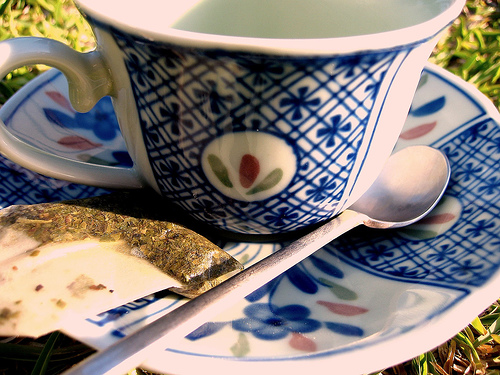
Tea Pots

Types of Tea
There are four types of tea: White Tea, Green Tea, Oolong, and Assam tea. White tea is harvested in the early spring and is the least cooked.
It is often left in the sun to dry or in a special climate-controlled room. White tea has a sweet aroma and taste and is said to have a calming effect when drunk.
Green tea, which has received a lot of press about its health benefits, is also picked in the early spring. It has a slight vegetable taste and has many varieties.
Most green tea comes from Japan and can be very expensive.
Black tea which is called Oolong is a cross between green and black teas with the highest quality coming from Taiwan.
This tea can have a flowery taste while others might have a woody taste. The leaves of black tea are left to dry until they turn a dark color.
India and Sri Lanka grow Assam tea. This tea has a full-bodied, malty flavor. Assam tea is harvested twice with the first harvest in late March.
The leaves are dark green and compared to Chinese tea.
Black tea is the most common tea and is often used for iced tea. While tea bags may be convenient to use, brewing with loose leaf tea offers the best flavor.
Benefits of Green Tea
Green tea has many benefits for your health thanks to a bitter ingredient in the tea called Catechin. Here is a list of ways Green Tea is good for you:
- Kills bacteria to prevent food poisoning.
- Helps to reduce the growth of cancer cells.
- Suppresses the formation of plaque and bacteria on the teeth.
- Prevents the increase in Cholesterol.
- Helps to control high blood pressure.
- Lowers blood sugar.
- Slows the aging process.
In a recent study, scientists found that catechins in green tea can help protect against glaucoma and other eye diseases.
New research found that the ingredients travel from the digestive system into the eye tissues.
When the scientists analyzed the eye tissue from rats who drank green tea, they found the eye tissues such as the lens and retina had absorbed the green tea catechins.
In Japan, people drink green tea after meals. Why not start enjoying a cup of green tea at the end of your meals?

Herbal Teas
Herbal Tea, or tisane, is a tea made from anything other than the leaves of the tea bush or Camellia sinensis.
This tea can be made from fresh or dried flowers, leaves, seeds, or roots. Herbal tea is made the same way regular tea is made: pour boiling water over the plant parts and let it steep for a few minutes.
If you are using raw ingredients, the tea will need to be strained before serving. Many herbal teas can be purchased in tea bags.
Herbal teas can also be flavored by adding regular tea such as black, green, or white. Earl Grey tea is a mixture of black tea and bergamot.
The variety of herbal teas is limitless but includes some popular flavors:
- Chamomile Tea is a soothing tea.
- Chrysanthemum tea is made from dried flowers and is popular in Chinese restaurants.
- Echinacea tea is used to alleviate cold and flu symptoms.
- Ginger Tea, my favorite, is great for an upset stomach.
- Licorice root tea is often used to ease constipation.
- Yerba Mate, another favorite of mine, is grown in South America.
- Peppermint tea is probably one of the more popular herbal teas.
- Rooibos, a herbal tea from South Africa, has antioxidant benefits and has no caffeine.
- St. John’s Wort is a herbal tea used as an anti-depressant.
- Tulsi tea, another favorite of mine, has antioxidant properties for building the immune system, reducing stress, and promoting mental clarity.
- Valerian Tea is great to help for getting a good night’s sleep.
These are but a few of the herbal teas that are available.
For Your Tea

Herbal Teas

10 Steps to Great Coffee
Here are some tips for brewing the perfect cup of coffee.
- Your coffee making equipment should be clean otherwise coffee sediment and oils can settle in coffee pot and grow stale. This will produce a bitter taste to your next cup of coffee.
- Always select the freshest and the best quality beans from a specialty coffee store to make sure you are getting fresh beans.
- Purchase only enough coffee for your needs. Coffee beans are perishable and loose their flavors if they are left to sit on the shelf too long.
- Use the freshest water possible. You might consider a water filtration system to make sure you have the cleanest water possible.
- Grind enough beans to make your coffee so it retains freshness and make sure it is the proper grind for the type of coffee maker you are using.
- Measure the amount of coffee to be used against the volume of your cup. For example use two tablespoons of coffee beans to one six ounce coffee cup.
- Store the coffee in an airtight container and store in the cupboard or in the freezer.
- Use hot, not boiling water if you are using a drip coffee maker (French press).
- Stir the coffee after it is made to disperse the coffee particulates evenly.
- Leftover coffee can be stored in a preheated thermos.
Now you know how to make a perfect cup of coffee!
Are you a tea or coffee drinker?
Useful Tea Links
- Starbucks Coffee Company
Every day, we go to work hoping to do two things: share great coffee with our friends and help make the world a little better. It was true when the first Starbucks opened in 1971, and its just as true today. - Tea and Coffee Trade Journal
Tea and Coffee Trade Journal - The premier magazine for the tea and coffee industry. - Twinings Tea
Thomas Twining had a vision in 1706 to import the finest teas for Londons most discerning tea drinkers. More than 300 years later, Twinings has upheld that vision, delivering a collection of the finest teas enjoyed by tea drinkers around the world. - Tetley Tea
Tetley purchases millions of pounds of tea each week for our different blends of tea. These teas come from as many as 35 different countries and as many as 10,000 different estates. Tetley selects only the finest tea leaves to produce their tea. - Tea Association of the United States of America - Home
The Tea Association provides information and resources for the purpose of supporting the overall success of the tea industry and creating an environment conducive to growth. - Steeps the Urban Tea House
Since we opened the doors of our first teahouse in 1999, our goal has been to offer our customers the widest possible selection of premium quality loose leaf tea from the leading tea growing regions throughout the world. - Welcome to The Tea Haus
The Tea Haus offers First Flush Darjeeling, Turkish Tea, Green Teas, Assam, Darjeelings, Rooibos, glass teapots and accessories. Mail and Internet Order is available. - Murchies Tea & Coffee
Murchies name is synonymous with quality & excellence of all their products. Our core business is focused on procuring only the highest grades of Fairly Traded teas and coffees obtained from the finest tea gardens and coffee farms. - Victoria Tea Festival
The Victoria Tea Festival, organized and managed entirely by a volunteer committee, had its inception in 2007 and has experienced phenomenal growth over the last three years gaining interest from across North America.

